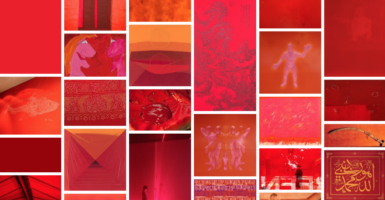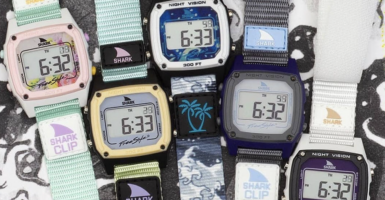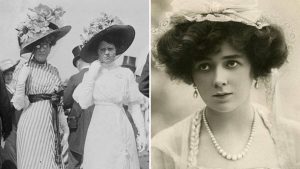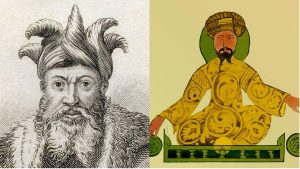Historical Facts About Native Americans That Aren’t Taught In School
Native Americans are those who are indigenous to the United States and there are still 574 federally recognized tribes. They have been around for centuries and continue to cherish their many sacred practices and traditions.
From their clothing, language, and more, here are some unique things to know about Native Americans. Read on to find out more.
They Didn’t Just Live In Teepees
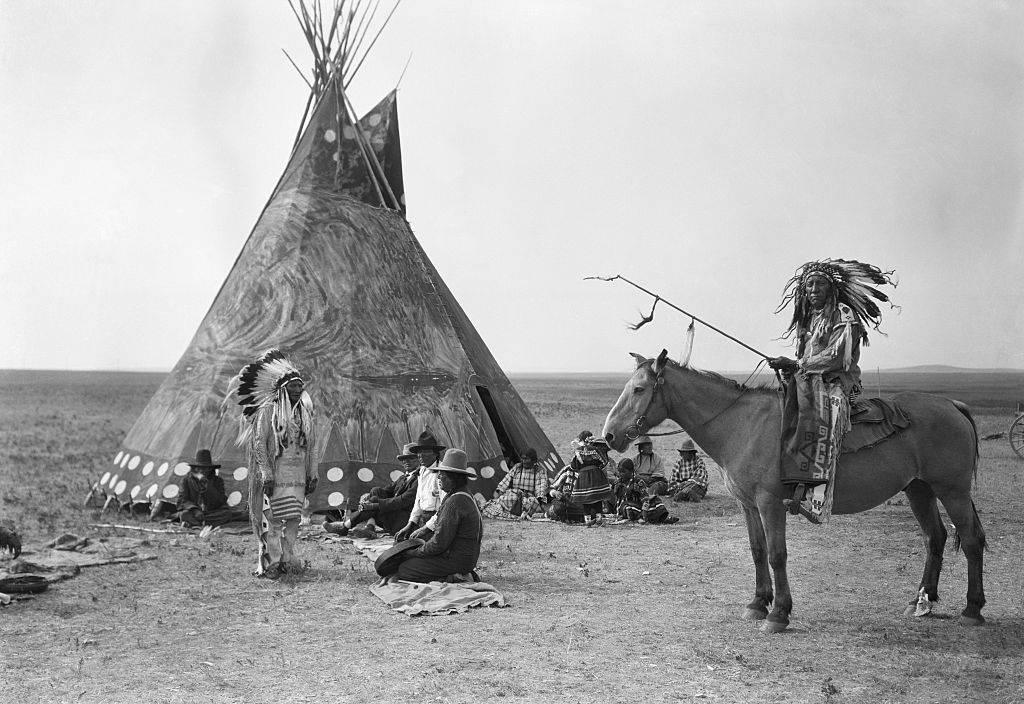
While teepees are usually considered a symbol of Native American life, they may not be the most accurate. Some did live in teepees, but there were many other types of housing.
For example, the Native Americans of the Iroquois nation lived in longhouses, those in Mesa Verde lived in cliffs, and the Taos tribes lived in pueblos.
The U.S. Constitution Was Modeled After This
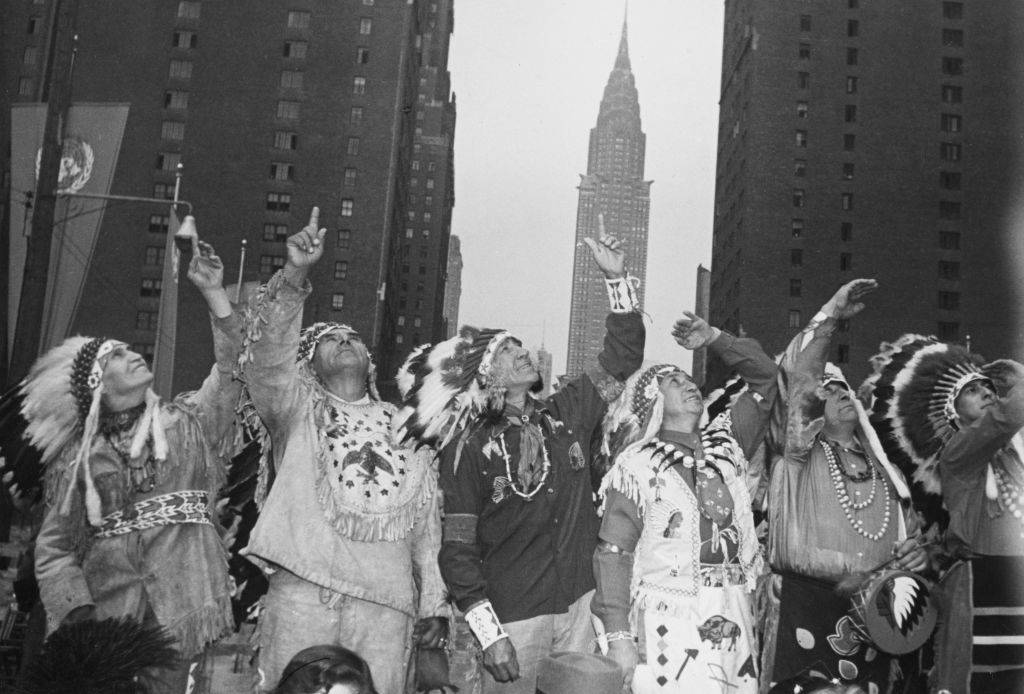
According to Good Housekeeping, historians believe that the United States Constitution was modeled after The Great Law of Peace.
This was the constitution of the Iroquois Confederacy that established a democracy between the tribes. It was made with the purpose of ending the major battles between the Iroquois nations. Benjamin Franklin studied it profusely before contributing to the U.S. Constitution.
Some Native Americans Worked With Buffalo Bill Cody
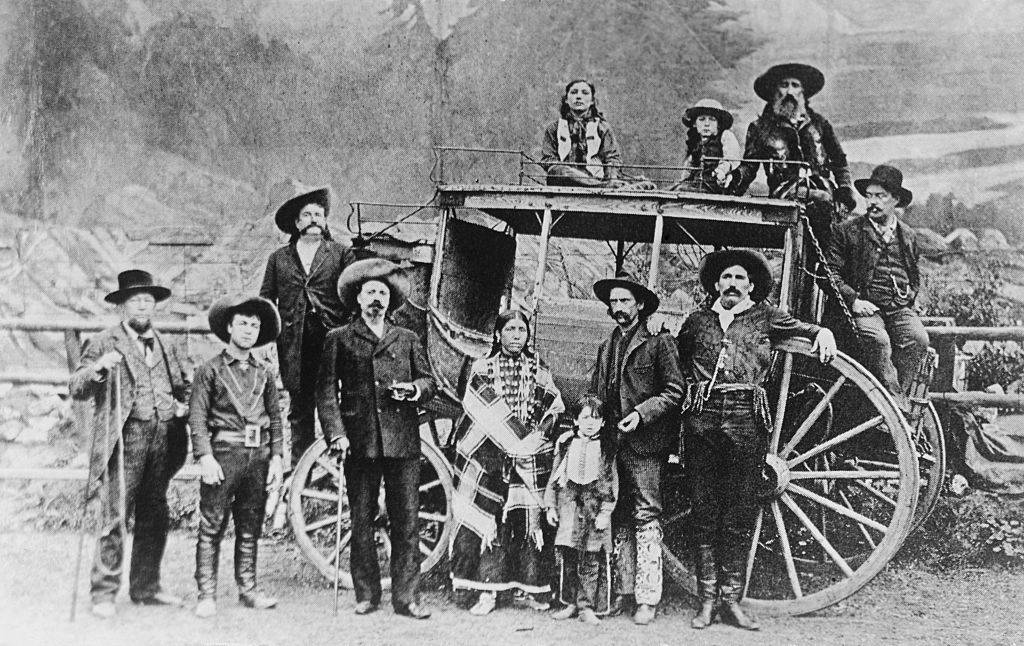
Buffalo Bill Cody was a soldier, hunter, and showman who created his own Wild West show. His shows would have themes of cowboys, the frontier, and Native Americans.
He partnered with several Native Americans and had them perform in his shows wearing feathered headdresses and riding painted horses. Acts in the show included sideshows, staged races, and feats of skill.
Many English Words Have Native American Origins
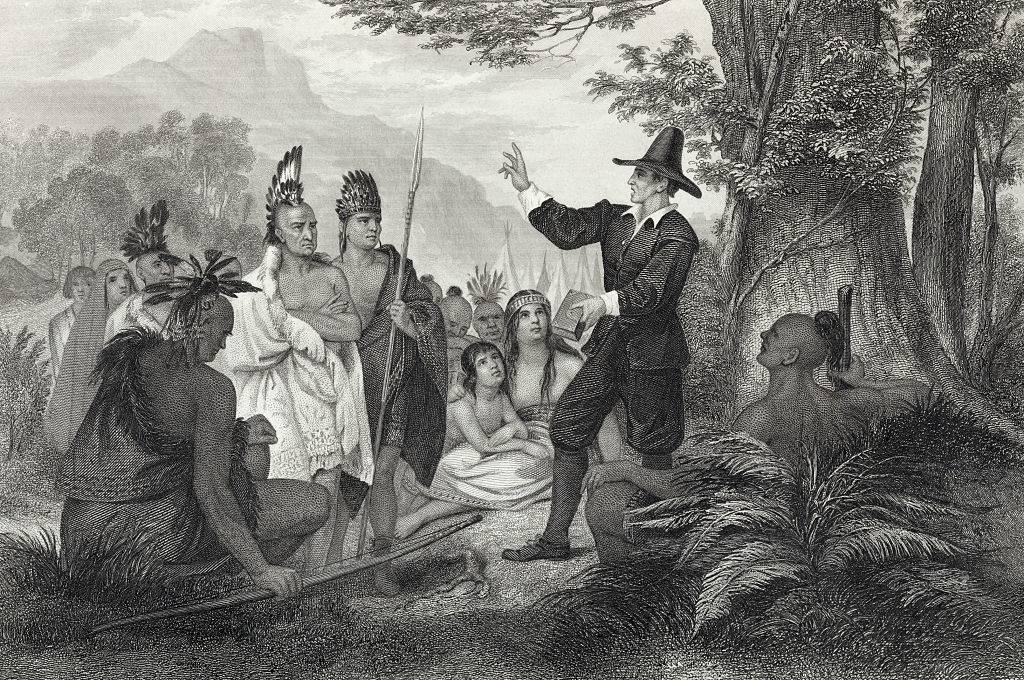
Those familiar with American history may remember that early English explorers interacted quite a lot with Native Americans. As a result, this caused them to pick up some new words.
Words such as chipmunk, pecan, skunk, chocolate, potato, and poncho are all derived from the Algonquian tribe. Algonquians are one of the most populous and widespread tribes in North America.
Inventions With Native American Inspiration
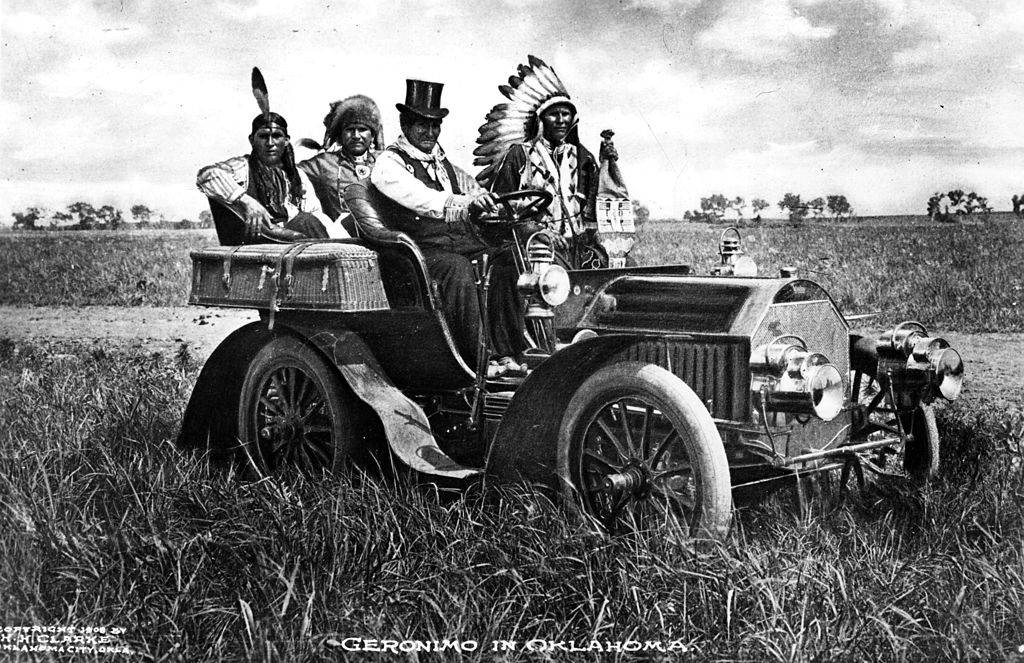
Since Native Americans were the first people to inhabit the United States, it makes sense that they would contribute to several useful inventions.
Things such as rubber, corn, kayaks, farming, and mouth wash all have Native American roots. Spinning top toys were observed as far back as the Lewis and Clark expedition.
Hundreds Of Navajo Members Served During World War II
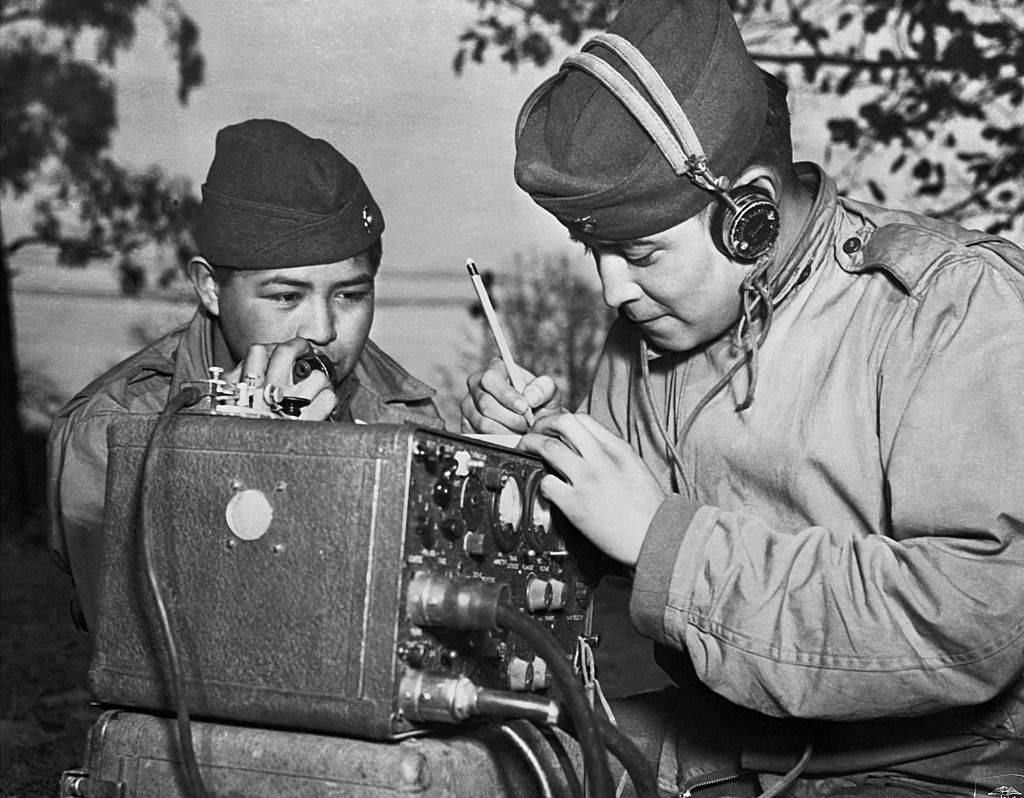
The Navajo tribe is currently the largest tribe in North America with most members located in Arizona, Utah, and New Mexico. Over 400 of them helped to serve the U.S. during World War II.
The Navajo men worked as code talkers and would relay important war messages in their native language. This was so the Japanese wouldn’t understand.
Indigenous People Didn’t Become Citizens Until The 1920s
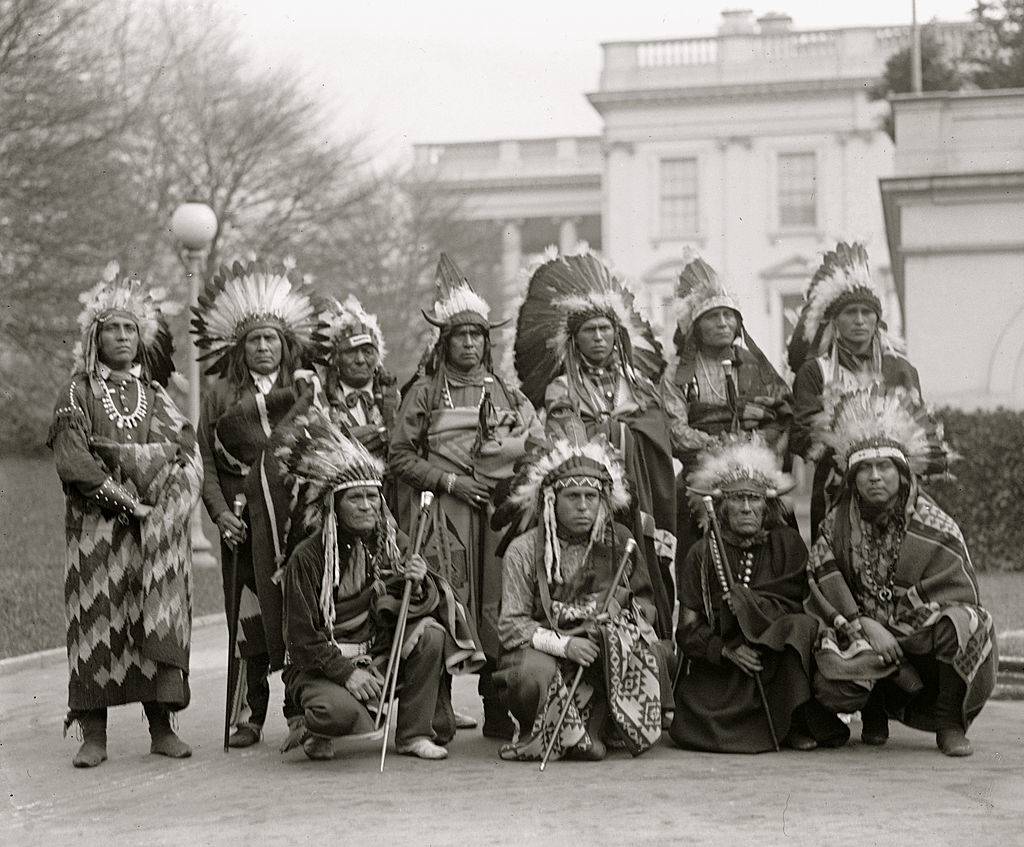
One of the most historic moments for Indigenous people was the passing of the Indian Citizenship Act of 1924. This granted citizenship to all of the Indigenous people in the United States.
The main reason it was passed was to recognize the thousands of Native Americans who risked their lives serving in World War I.
Maria Tallchief Made History

Maria Tallchief came from the Osage Nation and had a dream of becoming a great ballerina. By the time she was 17, she moved to New York City to train professionally.
Tallchief was often told to change her last name, but refused. She ended up becoming the first American to join the Paris Opera Ballet and the Bolshaoi Theater in Moscow.
They Cooked Food Using Earthen Ovens
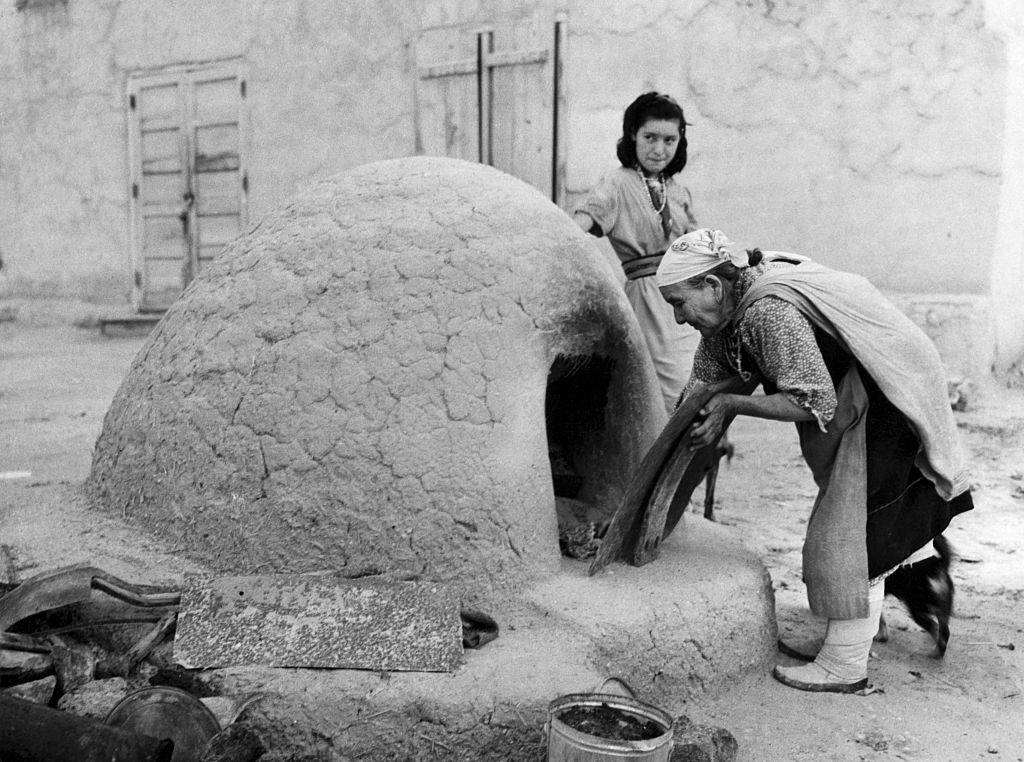
Native Americans had to come up with clever ways of cooking their traditional dishes. One of their most prominent inventions was earthen, or hornos ovens.
These were made from sun-dried mud bricks covered in a layer of mud. These ovens had the capacity to steam, bake, and roast any kind of food.
Pocahontas Had A Life-Changing Wedding
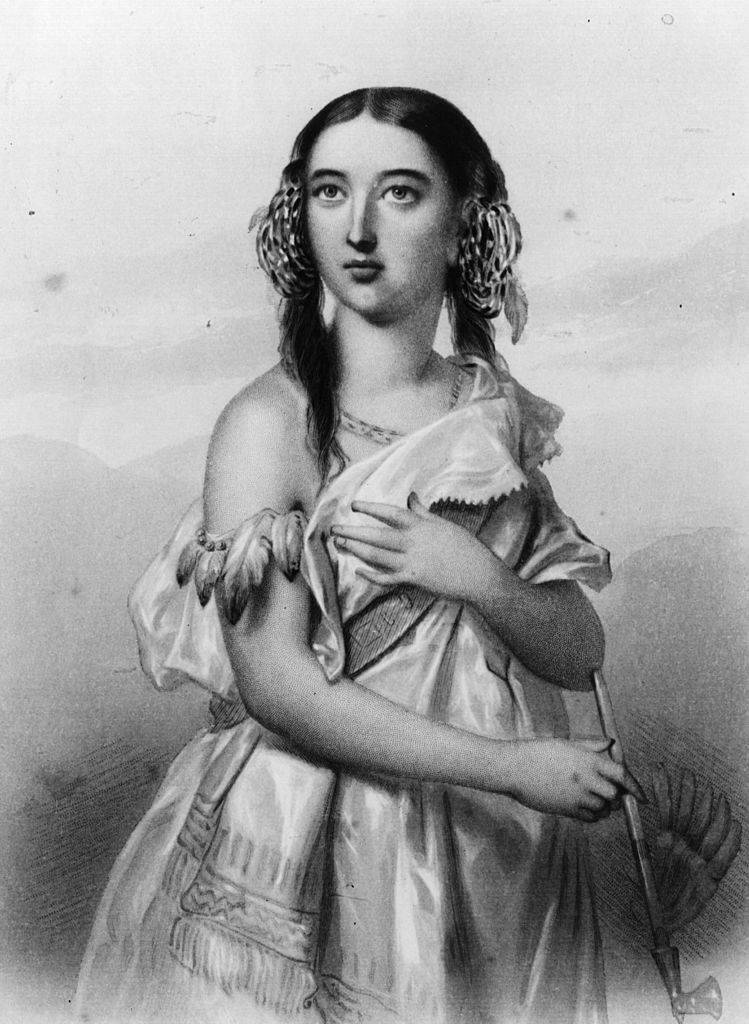
It’s often easy to forget that Pocahontas was actually kidnapped during the Anglo-Powhatan war. She was converted to Christianity and imprisoned.
During this time she was introduced to John Rolfe and agreed to marry him to ease the tensions between the British and the Powhatan tribe. This ended up being the first recorded interracial marriage in history.
What Totem Poles Actually Represent
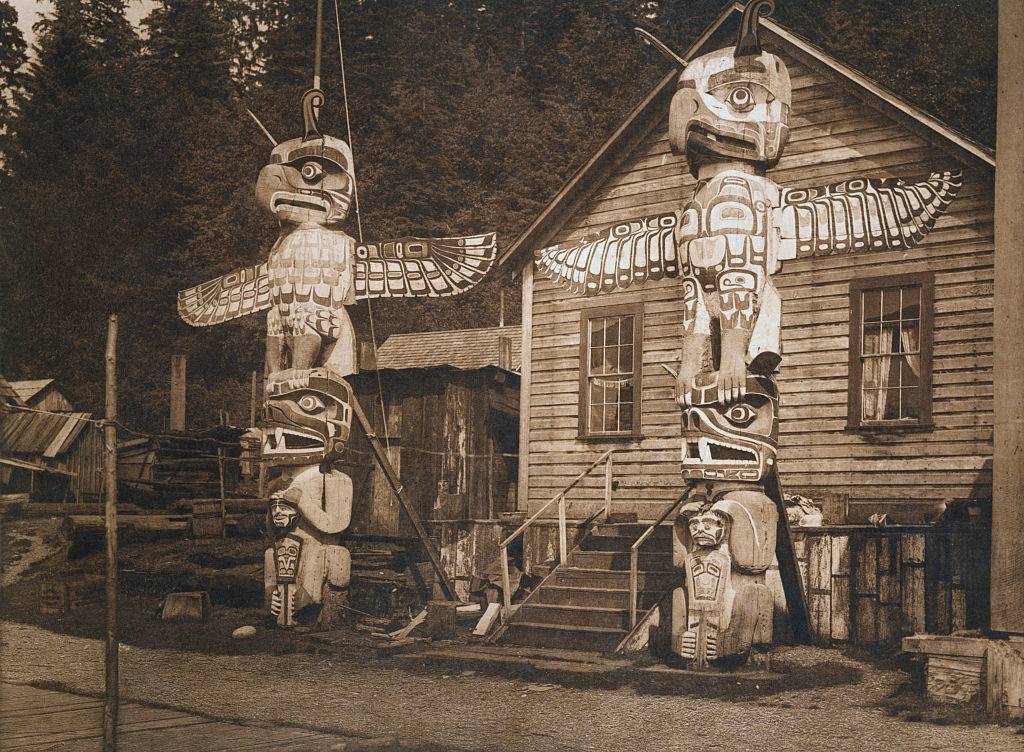
Totem poles are one of the most important pieces of art made by Native Americans, but not everyone knows their purpose.
Christian missionaries thought they were symbols of Native gods, but they actually represent family status. Animals that are special to the family, such as a grizzly bear or eagle, are usually carved in totem poles to memorialize their ancestors.
Women Showed Their Strength In Many Ways

Several Native American tribes, including Apache, would often have women carry woven water baskets on their heads. These baskets are called “ollas” and are usually elaborately decorated.
While they aren’t used much anymore, they are one of the most sought after pieces of Native American art and can be auctioned for thousands of dollars.
Many Places Across The U.S. Are Named After Native Americans
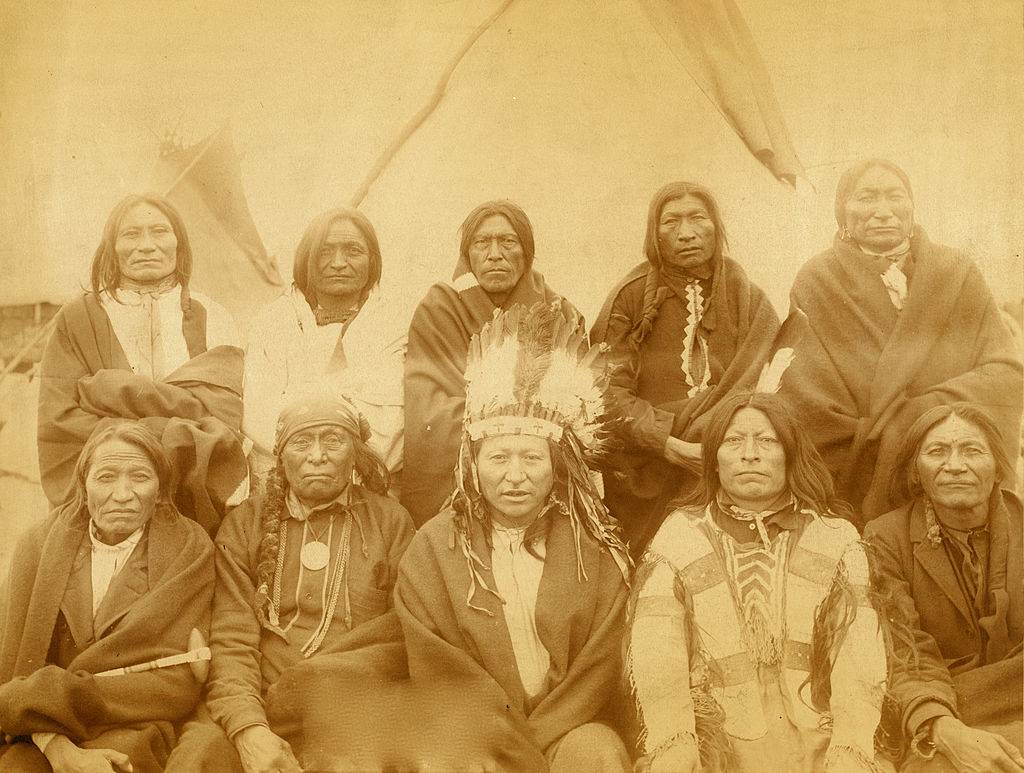
Several cities and states across America have names rooted in Native American languages. The state of Alabama is derived from the Choctaw words Alba and Amo, which mean vegetation and gatherer.
Arkansas was named after the Quapaw Native Americans who lived downstream from the Algonquian people. The Algonquian used the word “Arkansas” for “south wind.”
Horses Were Fairly New To Native Americans
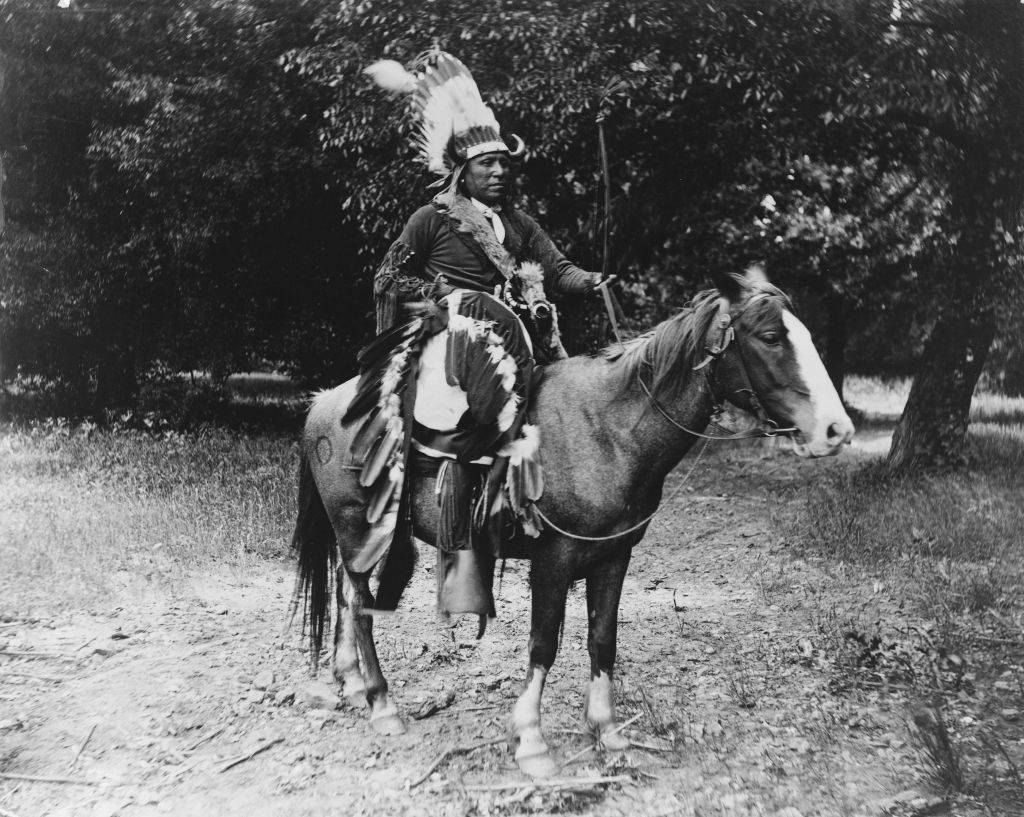
When Native Americans are shown in film or television, they are oftentimes riding a horse. In reality, they lived without horses for over 10,000 years.
Horses were first introduced to Native Americans in the 17th century by the Spanish. Also, when they would ride, it would often be done bareback.
The Huge Significance Of Feathers
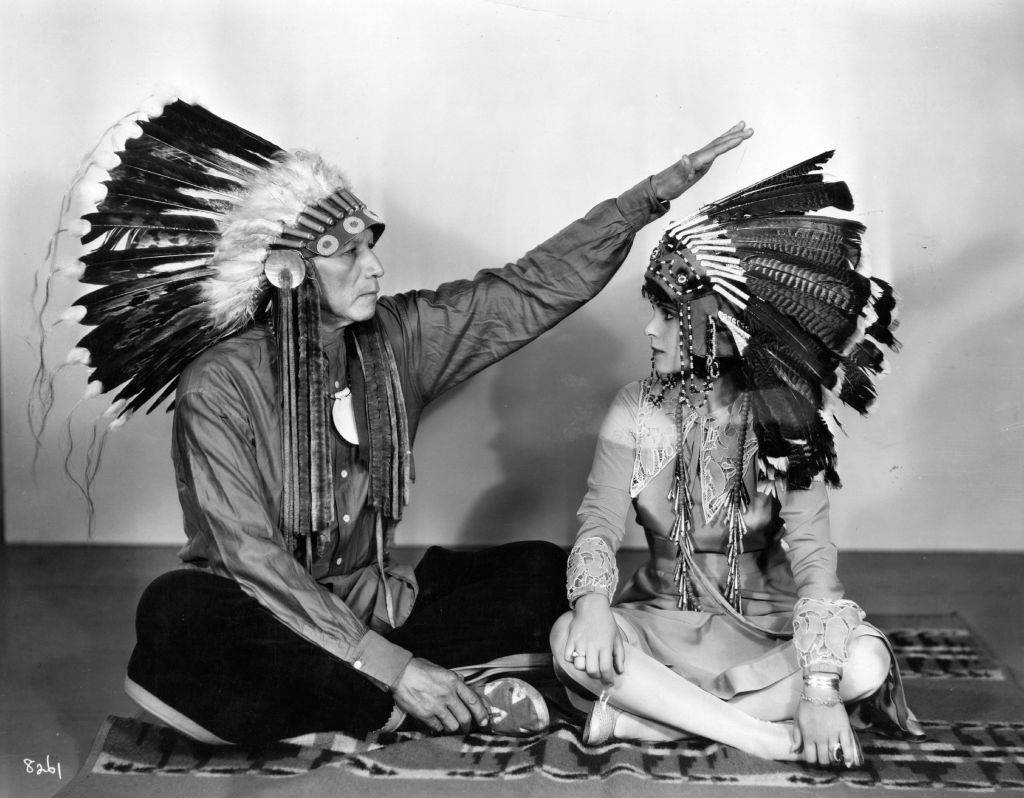
Oftentimes, Native Americans wear feathered headdresses as part of their clothing. Not only do these headdresses look beautiful, but they also have a deeper meaning behind them.
Native Americans consider feathers as part of their culture because they symbolize strength, freedom, power, and wisdom. Many of their feathers come from golden and bald eagles because they “soar close to heaven.”
How The Sequoia Tree Got Its Name
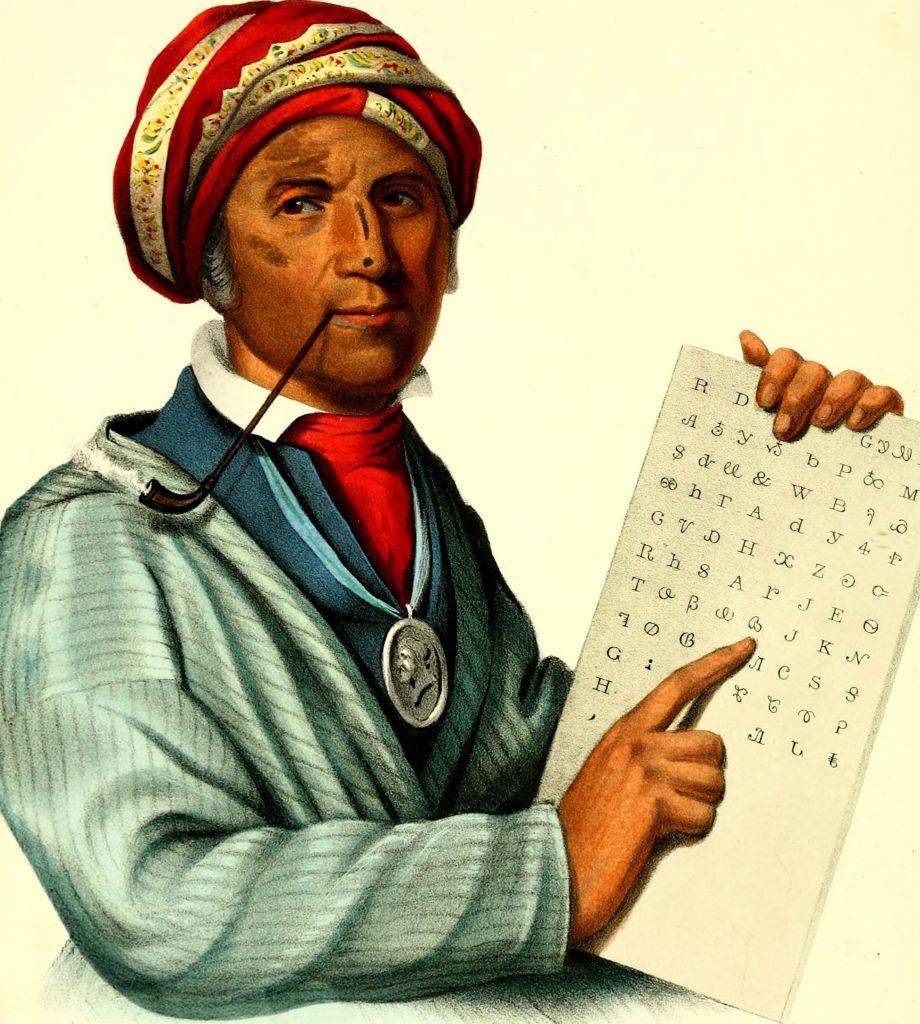
Sequoia trees are some of the most majestic in the United States, but some may wonder how they got their name.
These large trees were named after the Cherokee leader Sequoyah (pictured). He is best known for creating a new alphabet for his people to use. This made reading and writing in the Cherokee language possible.
Native To America Since 12,000 B.C.
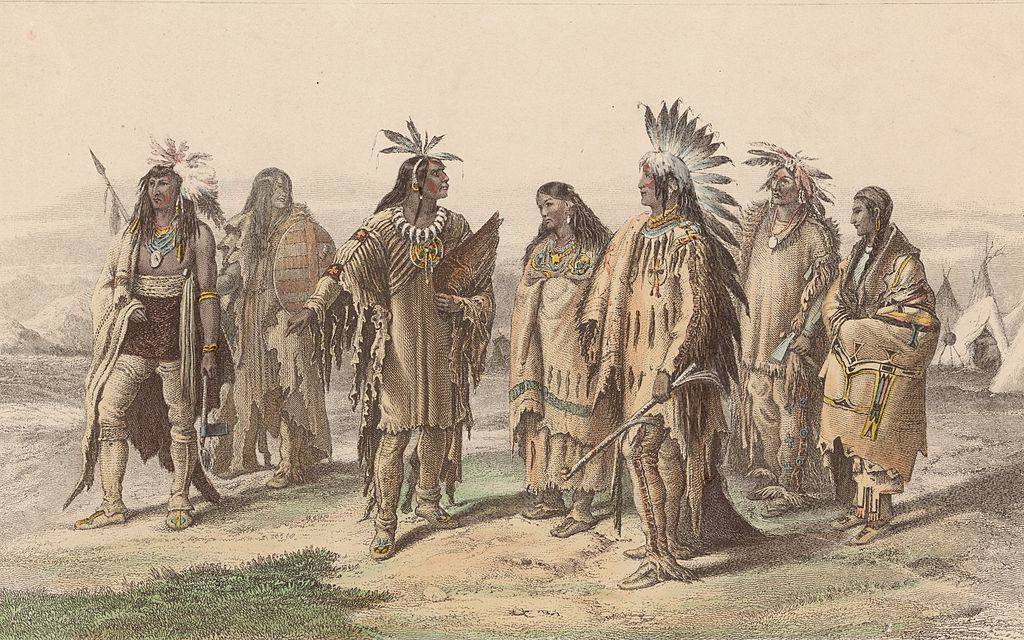
Historians found that Native Americans have lived in the United States since 12,000 B.C. after traveling a path from Asia to Alaska.
There is not one single nation, but instead groups of people with different cultures, languages, and more. There is also some evidence that Indigenous people have lived in South America as far back as 30,000 years ago.
Where The Mohawk Hairstyle Comes From
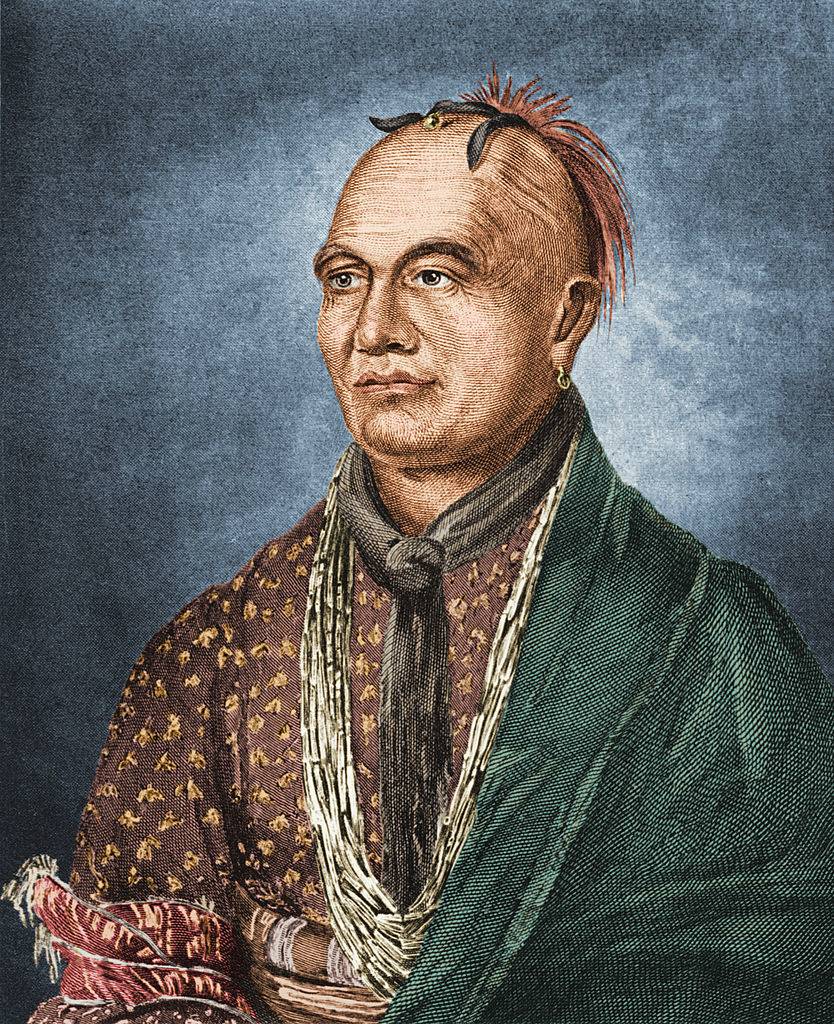
The Mohawk hairstyle can still be seen today, but some may not know the origins of this unique hairdo.
It is modeled after the Mohawk tribe where the men would keep one part of their head cleanly shaven and paint the other side a bright color. The name “Mohawk” translates to “man-eaters.”
Many Native American Warriors Were Women
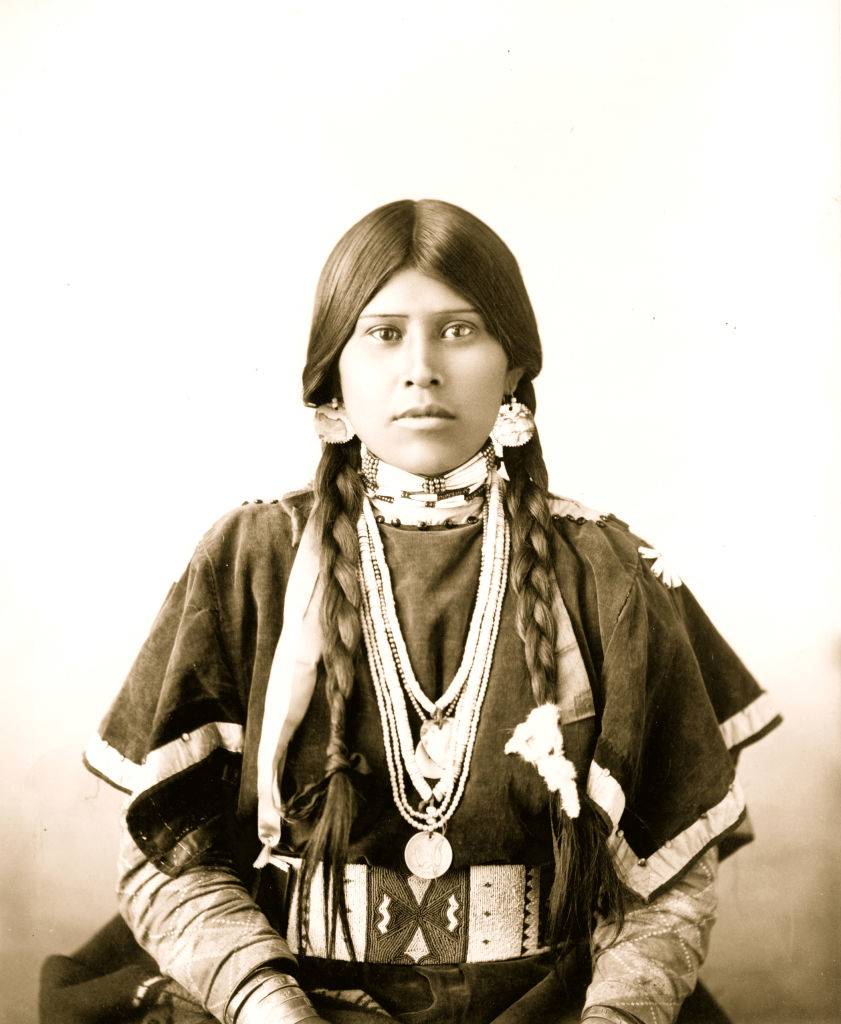
While the media often depicted only Native American men going to battle, that wasn’t really the case. Many Native American warriors were actually women.
One of the most famous female warriors was Buffalo Calf Road Woman from the Northern Cheyenne tribe. She fought in both the Battle of Rosebud and the Battle of Little Bighorn.
Princess Leia’s Hair Was Inspired By Hopi Women
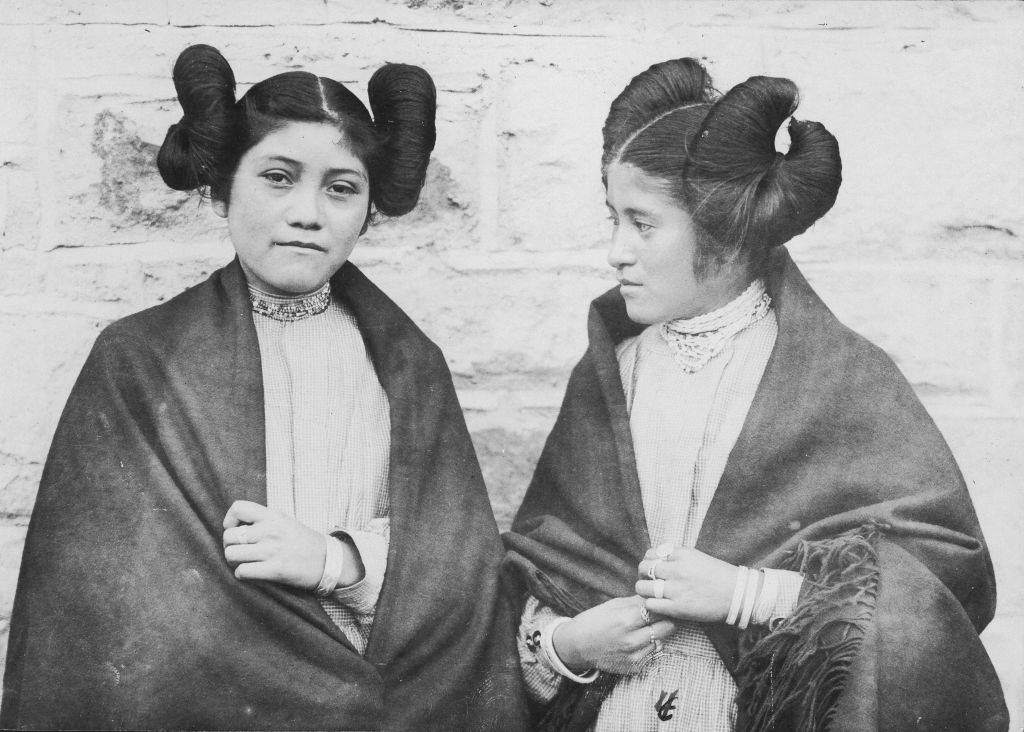
Princess Leia from the Star Wars franchise is one of the most iconic characters in film history. Some may not know the inspiration behind her famous hairdo.
The women of the Hopi tribe often wore their hair in the “squash blossom” style. It became more popular during the 1920s after photos were taken of the women and shown around America.
Women Captured By Native Americans Often Chose To Stay
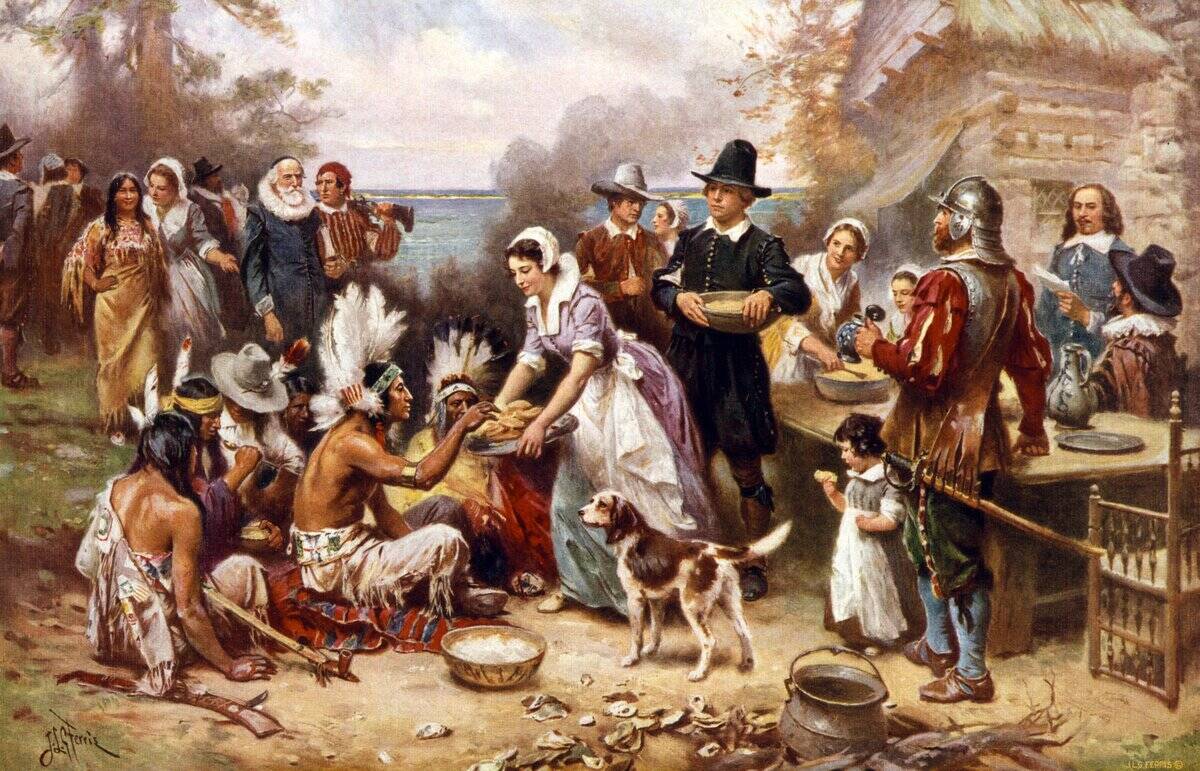
In the times of Colonial America, the lot of women was so unfortunate compared to those of men that it wasn’t unheard of for them to see capture by Native Americans as a blessing in disguise.
According to Portland State University, many of these women had the opportunity to return to their original communities but chose to stay with the tribes who had adopted them into their societies after the abduction. That was because many Native American tribes tended to treat men and women equally, at least compared to the settlers in the women’s former hometowns.
America’s First Bilingual Newspaper Included Cherokee

Although Sequoyah was far from the only Native American to realize his people would need to adopt writing systems after the United States of America was founded, his prominence in doing so proved significant enough that his work provided the foundation for the first newspaper published in a Native American language.
According to the History Channel, this was The Cherokee Phoenix, and it was printed in English and Cherokee starting on February 21, 1828. Its editions were published in New Echota, Georgia, the Cherokee capital until the 1830s.
The Trail Of Tears Was Paved By The Cotton Trade
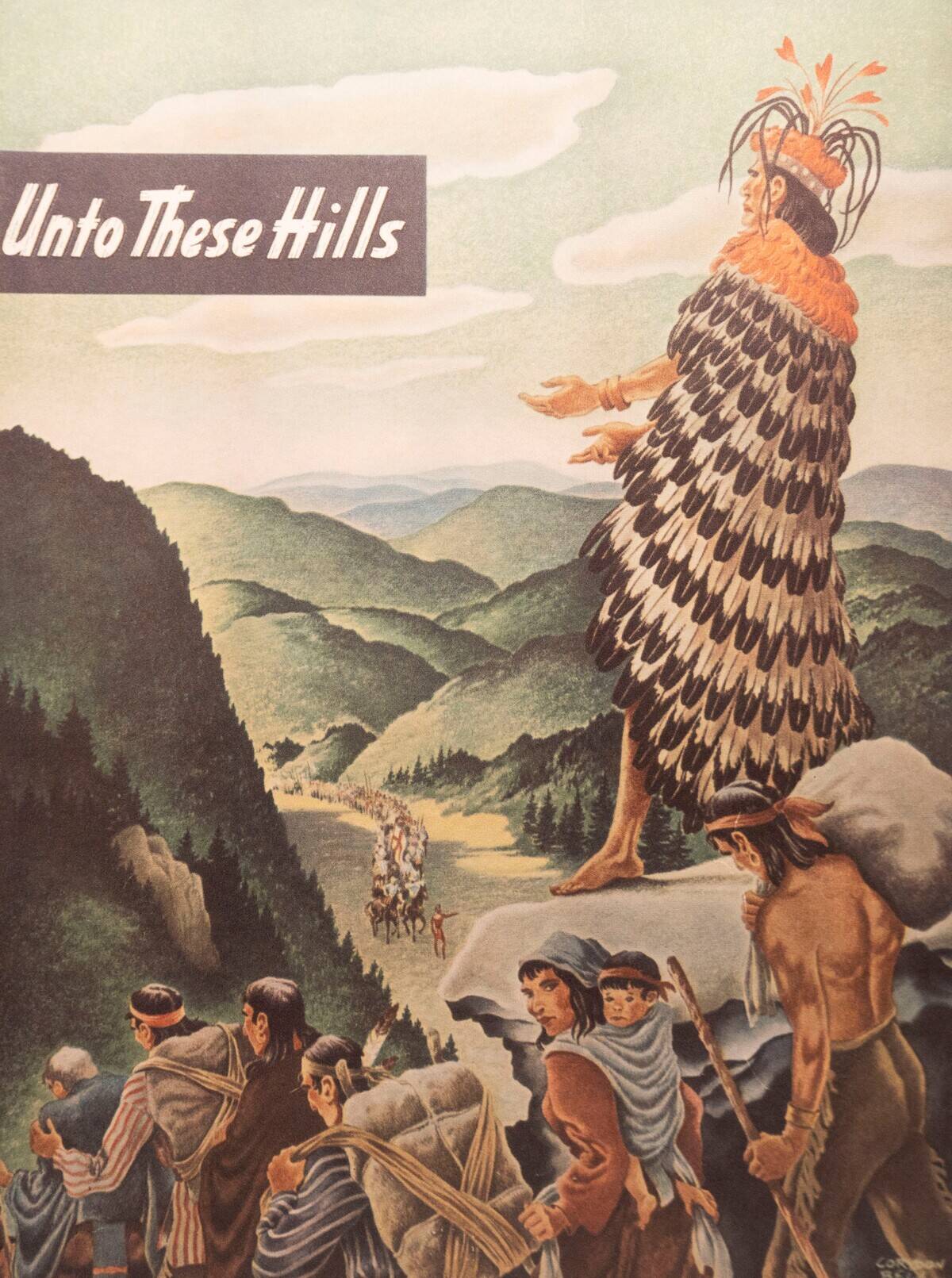
It’s well-known that Andrew Jackson signed the Indian Removal Act of 1830 and that the result was a forced relocation of Native Americans to Oklahoma. This migration was called the Trail of Tears due to the fact that — among other hardships — thousands of Native Americans died in the process.
However, what isn’t quite as well-known is the fact that Jackson was acting in the interests of settlers who wanted to grow cotton in lands primarily used by the Cherokee, Creek, and Choctaw nations. These and other tribes used to reside in Tennessee, Alabama, Florida, North Carolina, and Georgia.
Both Sacagawea And Her Brother Saved Lewis And Clark
![[redacted] Guiding the Lewis And Clark Expedition by Alfred Russell](https://media.tellmebest.com/wp-content/uploads/2023/08/sacajawea-guiding-the-lewis-and-clark-expedition-by-alfred-russell-17252.jpeg)
Although some exaggerate Sacagawea’s role in Meriwether Lewis and William Clark’s famous 1804 expedition to the Pacific coast to the point of implying they were useless without her, it is nonetheless fair to say that they likely wouldn’t have completed it without her and her brother’s involvement.
According to the Smithsonian’s National Museum of the American Indian, Sacagawea guided them through her homeland’s landmarks, communicated with the indigenous people they met along the way, and was invaluable in identifying natural food and medicine sources among the local plant life. Even the legendary fact that she carried her baby with her all the way helped, as that baby signalled that the expedition group wasn’t a threat. As for her brother, he secured horses and supplies while also saving the group from a harsh winter in the Rocky Mountains.
Native Americans Used Sign Language Before Anyone
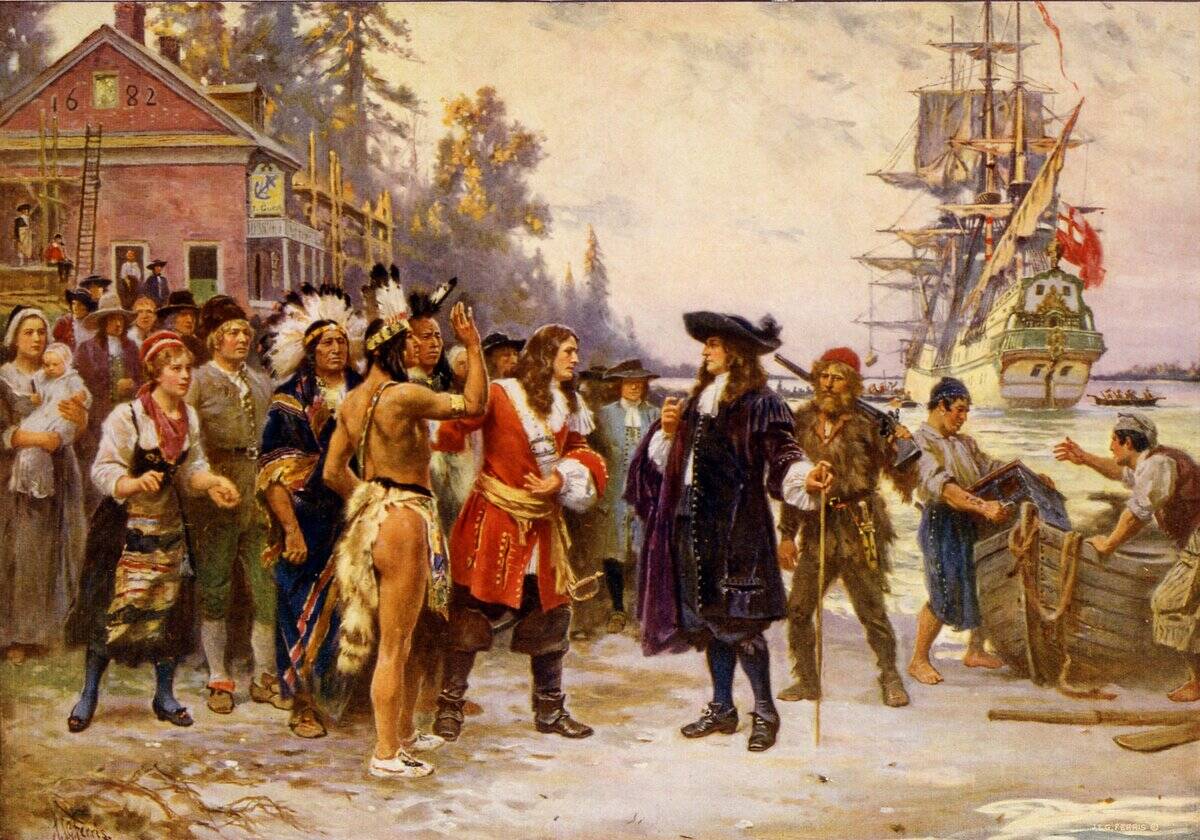
Although the earliest known reference to sign language in Europe comes from a British document from 1575, the Smithsonian’s National Museum of the American Indian and the CBC have both noted that people throughout North America had their own sign language before any Europeans contacted them.
It’s officially called Plains Indian Sign Language, but its users’ descendants often prefer to call it “hand talk.” As Lanny Real Bird — a member of the Crow Nation from Montana — told the CBC, hand talk was historically used between tribes who didn’t know each other’s spoken languages. As he told it, indigenous groups from Canada to Texas used to recognize this, but it’s an endangered language now.
They Used To Make Hairbrushes Out Of Porcupine Hair
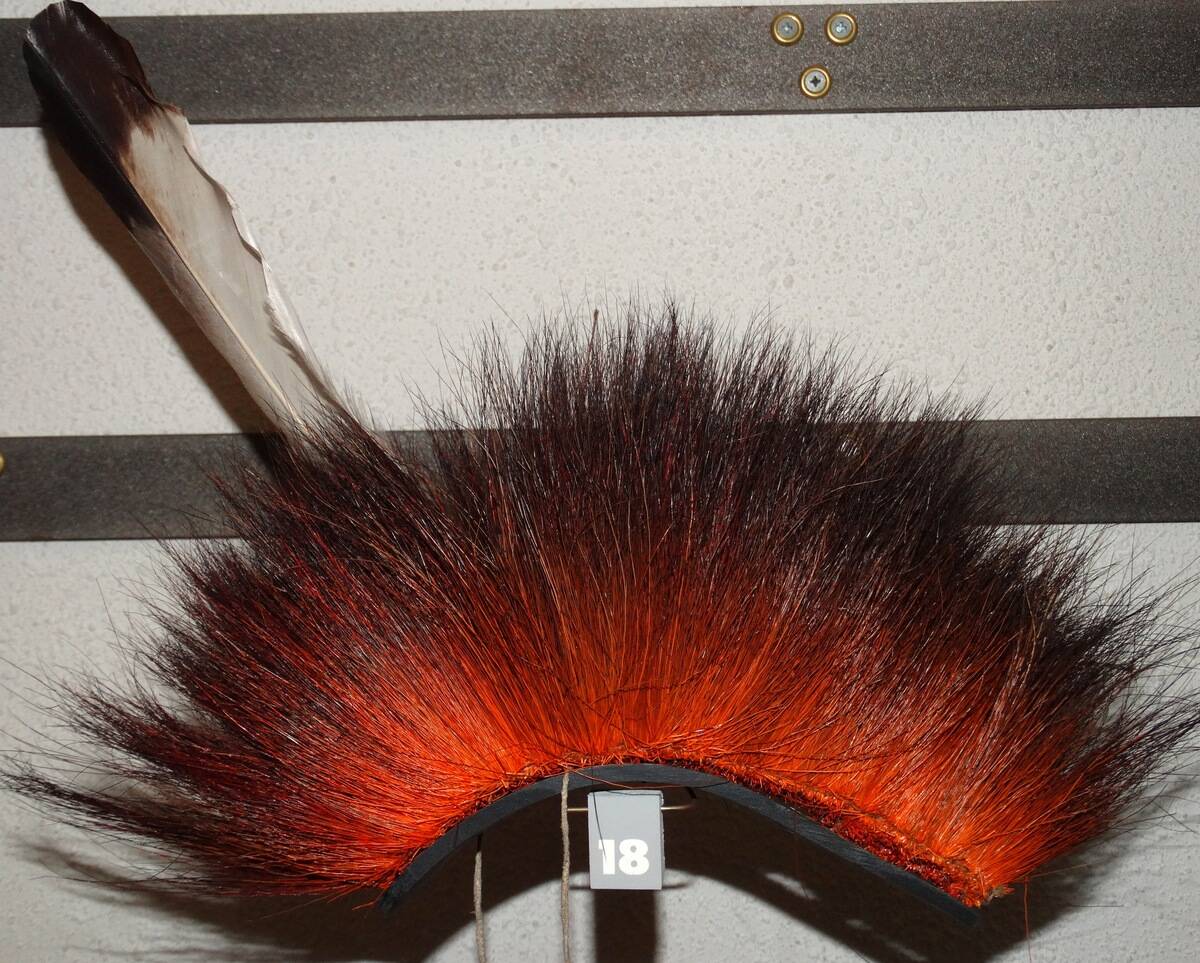
According to Wyoming Public Media, the Plains Indian Collection in Cody, Wyoming, has hairbrushes in its collection that originated from ten different tribes. Yet, one thing they all have in common is that their makers figured out that the stiff hairs of a porcupine were ideal for brushing their own hair.
As Hunter Old Elk from the museum told the outlet, “The hide itself has a soft barb at the end, but it doesn’t include the sharp quills that you see in everyday. [It’s] the guard hair between the quills that you don’t normally see.”
The Iroquois Used Bald Eagles As A National Symbol First
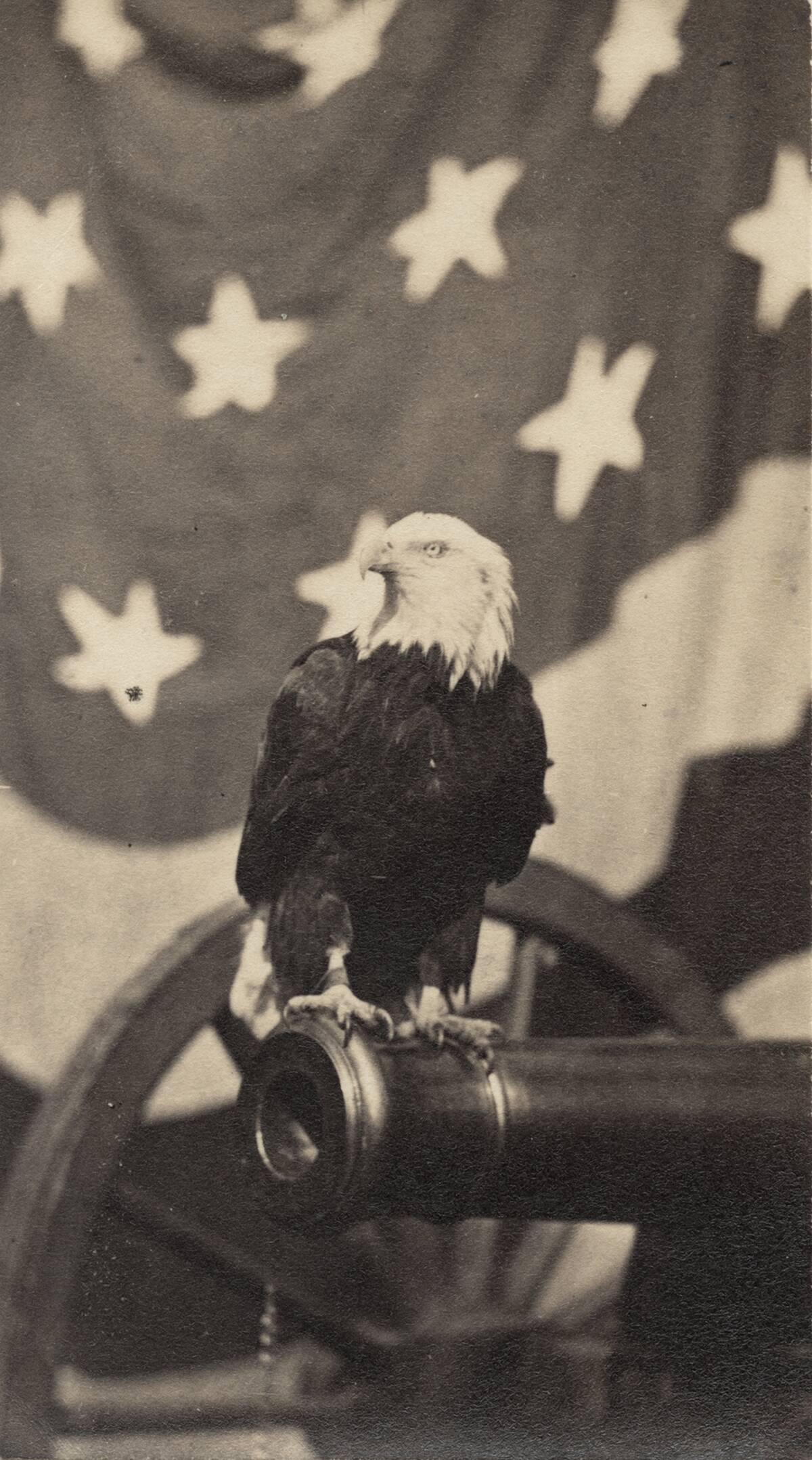
It’s previously been expressed that Benjamin Franklin was influenced by the Haudenosaunee — another name for the nations of the Iroquois Confederation — in his contributions to the U.S. Constitution, but that inspiration likely didn’t end there.
According to California Indian Education, this confederation was symbolized by former enemies burying their weapons under the “Tree of Peace.” That tree was envisioned as being watched by a bald eagle that spotted anything that threatened its peace with sharp eyes and warned of these threats with its shrill voice. It’s unlikely to be a coincidence that the eagle was adopted as a key American symbol by 1782.
Snow Goggles Have Been Used In Alaska For Centuries
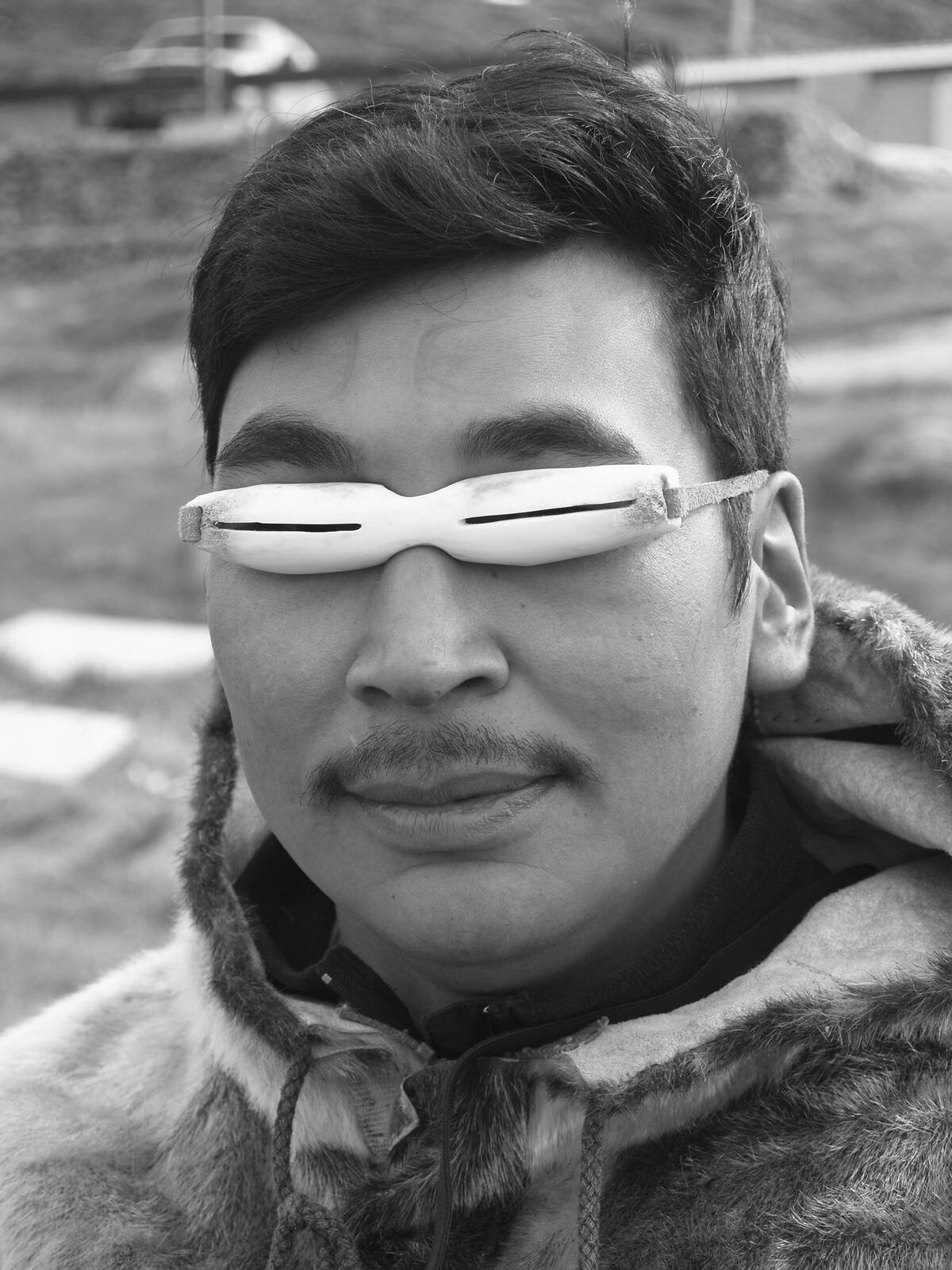
Although this is also true of the indigenous people in northernmost Canada and Greenland, the Inuit of Alaska have used snow goggles long before they became proper safety equipment for skiing and snowboarding.
When the sunlight reflects off the snow, it causes snow blindness by essentially giving the corneas a sunburn. According to the History Channel, these could be made from wood, animal bones, caribou antlers, whale baleen, or leather, depending on what was available. The protective screen covered the eyes, while the thin slit cut into the goggles allowed the Inuit to safely see out of them.
Popcorn Could Have Existed In America For Millennia
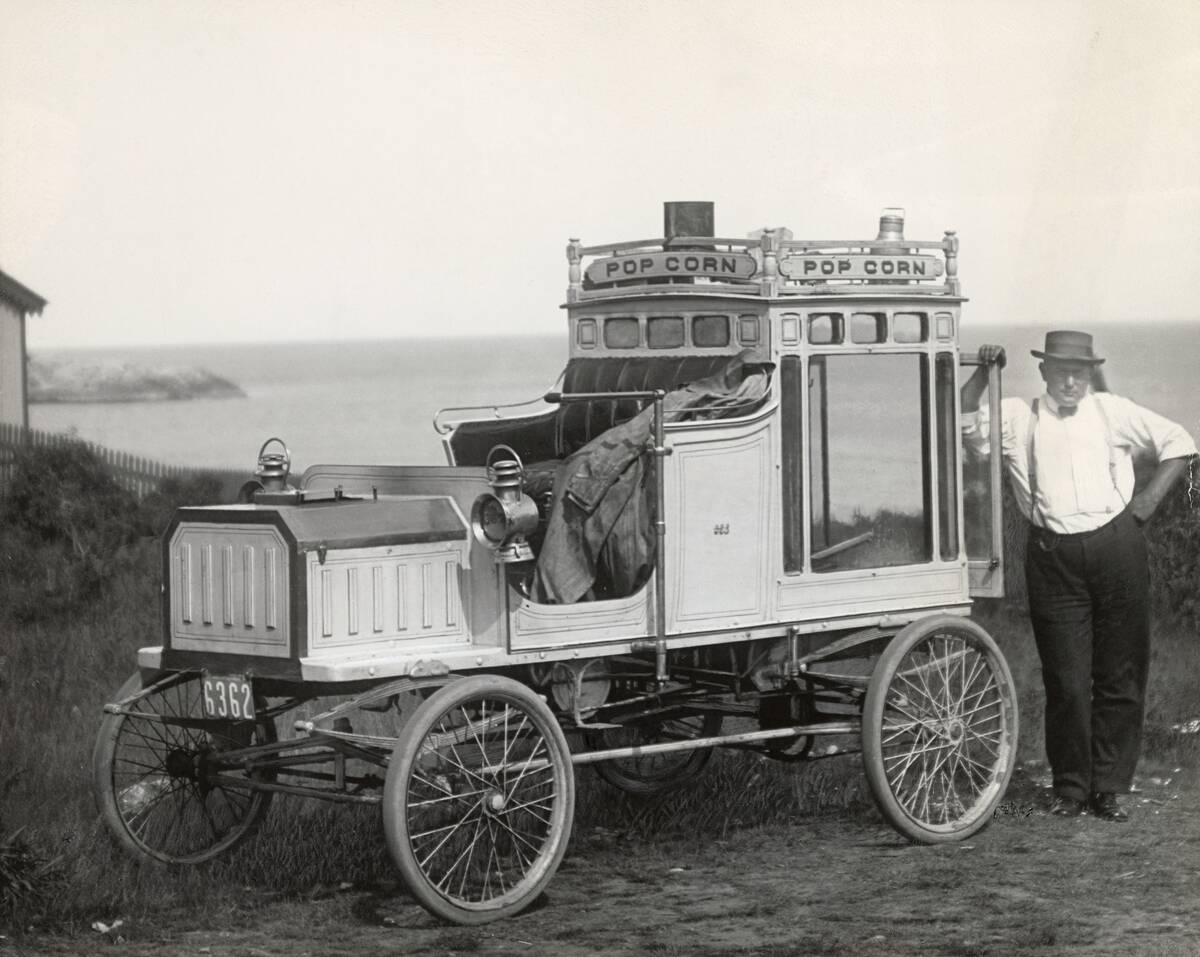
While it’s previously been discussed that Native Americans grew corn in the United States long before the country existed, it’s also not impossible that some even enjoyed popcorn before the rest of the world was aware of it.
As the BBC reported, the oldest corncobs that scientists with the Smithsonian’s Natural History Museum are aware of date back to 4,700 BCE, and researchers found evidence to suggest they were used to make flour and popcorn. Although these corncobs were found in Peru, the same strain of maize has been domesticated throughout the Americas for thousands of years.
Their Children Played The Same Games Kids Do Now
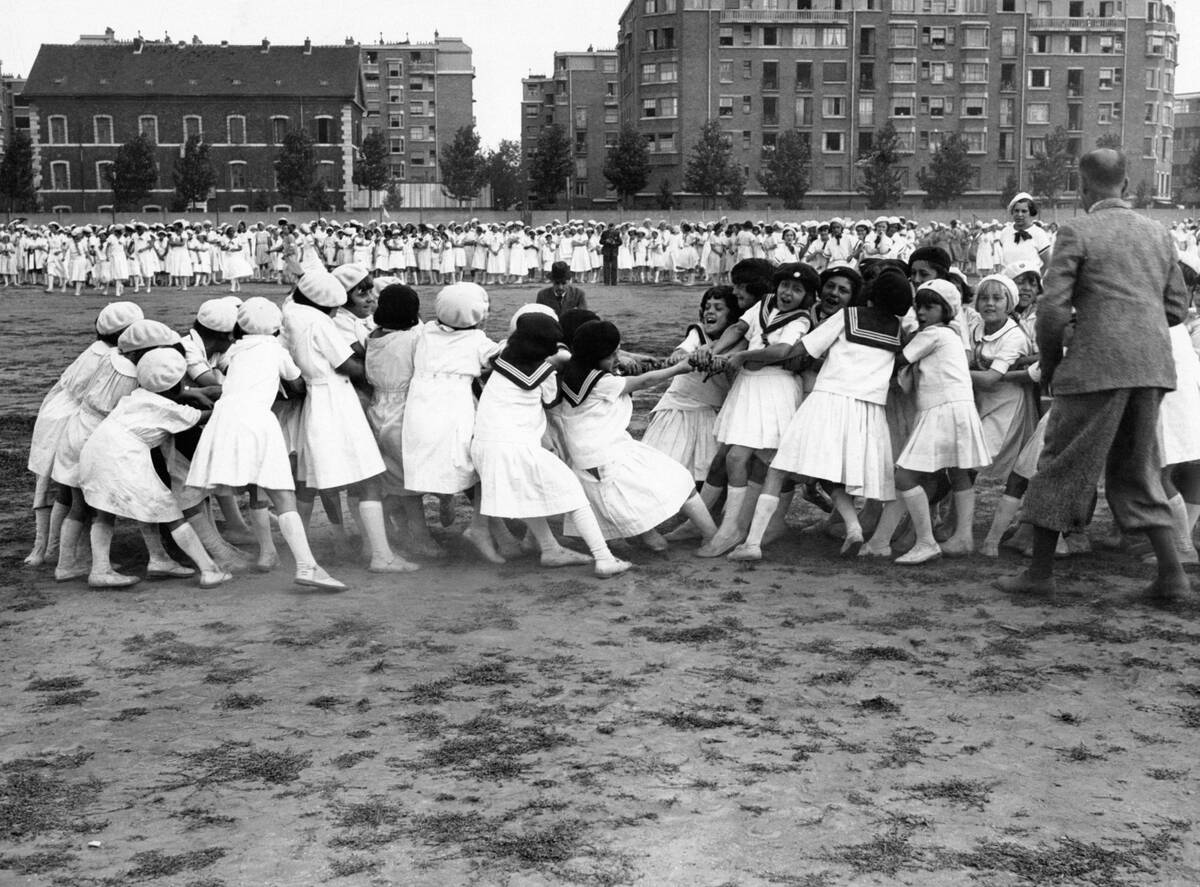
While sports like lacrosse were explicitly adopted from Native American societies, less organized games that younger children may find themselves playing on schoolyards today also originated among these groups.
While they enjoyed races as much as fast, energetic kids from any era do, Wake Forest University noted that Native American children traditionally played Hide and Seek, Blind Man’s Bluff, and Tug-Of-War. They may not have used these specific names but the games themselves were largely the same.
Hockey Comes From Traditional Shinny
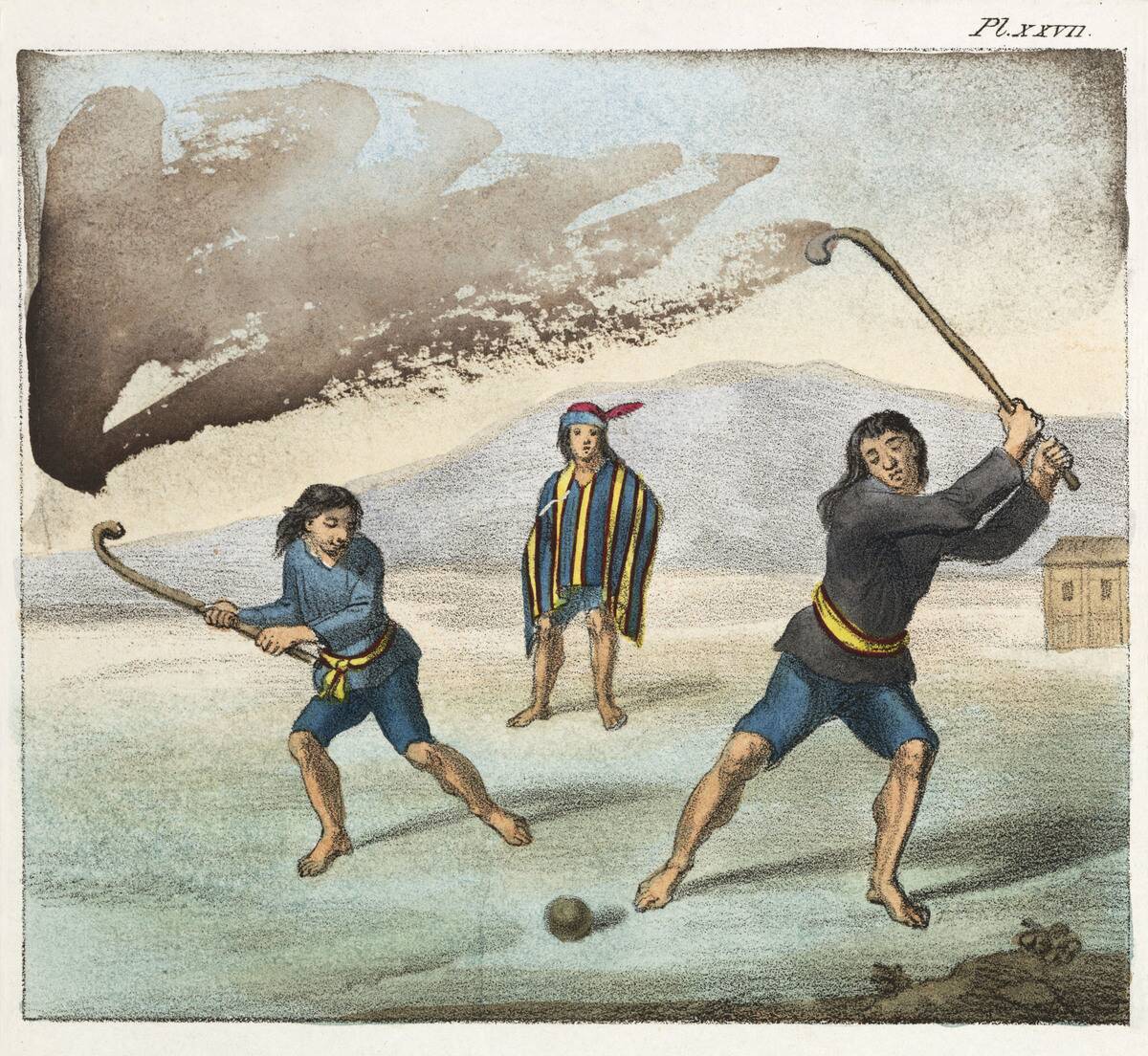
As Amanda Takes War Bonnett wrote for the Lakota Times, one of the major differences between hockey and shinny is that Native Americans traditionally played shinny with larger, thicker sticks carved from chokecherry tree trunks. Rather than a puck, they used balls made from animal hides, bison hair, and sand.
To match the size of the sticks, these balls were often as large as tea kettles, and while shinny could be played over ice in the winter, it was just as likely to be played in fields during the warmer months.
Bright Red Dye Was Cultivated In The Pre-Contact Americas
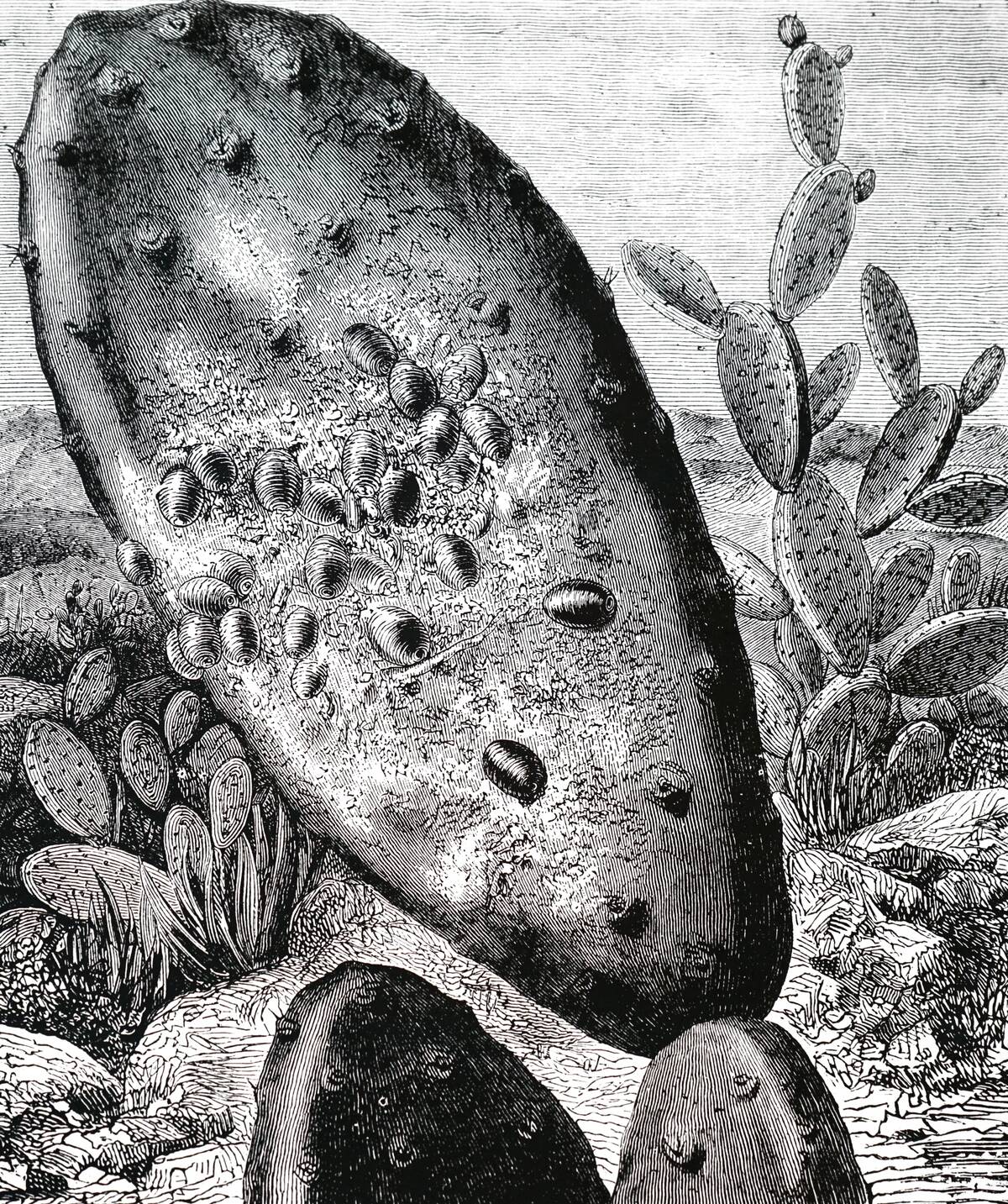
According to the National Endowment For Humanities, the Aztec people of ancient Mexico crushed the smaller, white, fluffy cochineal beetles that appear on cacti to make a brilliant red dye that had been lost to Europeans for thousands of years.
Although the earliest documented use of Native Americans making similar dyes in what is now the United States came in the 1790s when the Navajo employed a similar practice, it’s hard to know how long they had been making cochineal dye before then.
Native Americans Made Some Of The First Anesthetics
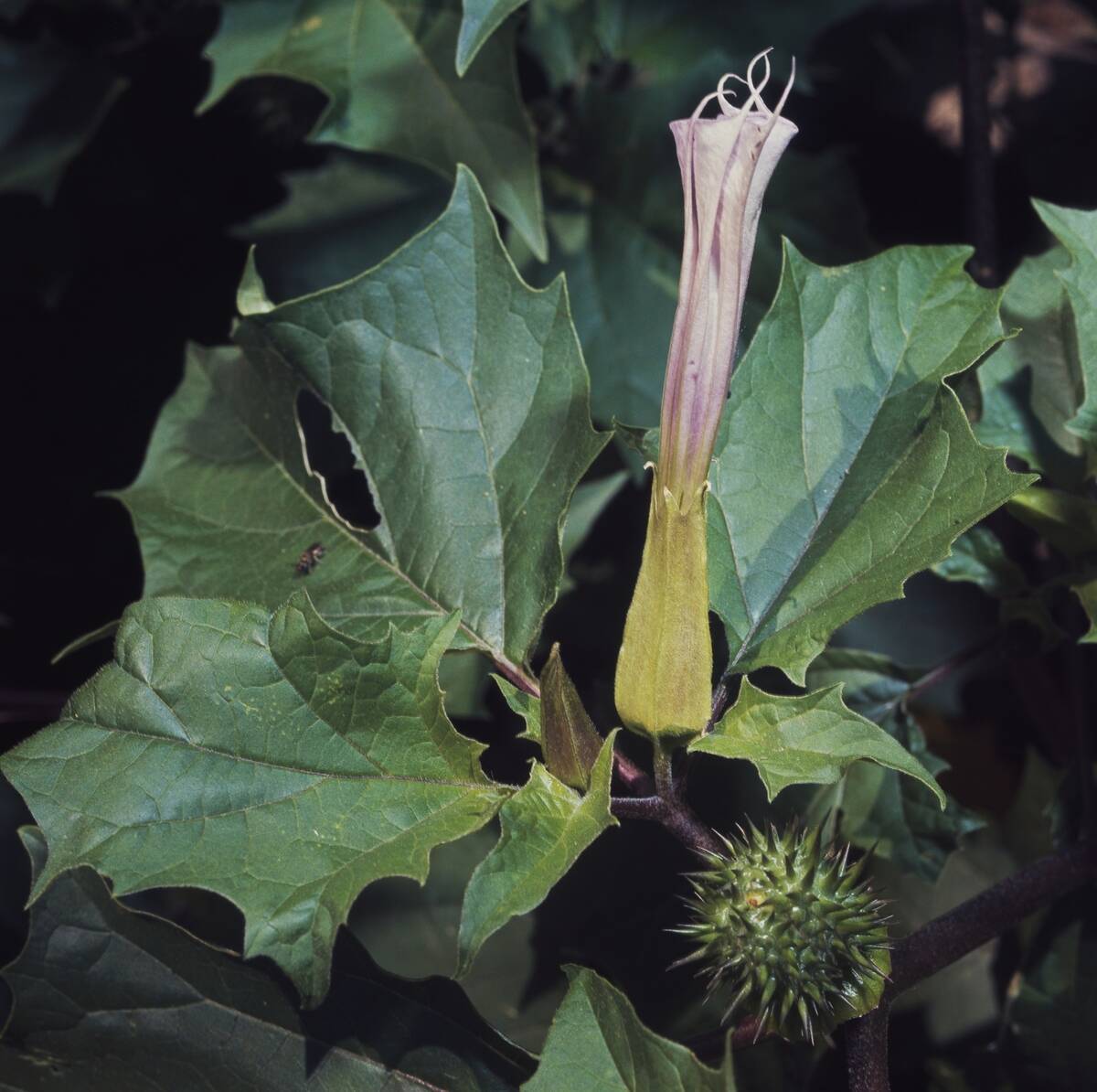
Long before Europeans conducted surgery with anesthetics, Native American medicine men and other healers were using Jimson weed (or datura) for this purpose. The weed was ground into a paste that soothed cuts and bruises, but it had a similar use internally.
According to the History Channel, when one of these healers needed to set someone’s broken bones, they had them eat some of this datura paste first to act as an anesthetic. However, this plant is also poisonous, so eating it in modern times is not recommended when safer treatments are available.
Missionaries In California Enslaved Native Americans
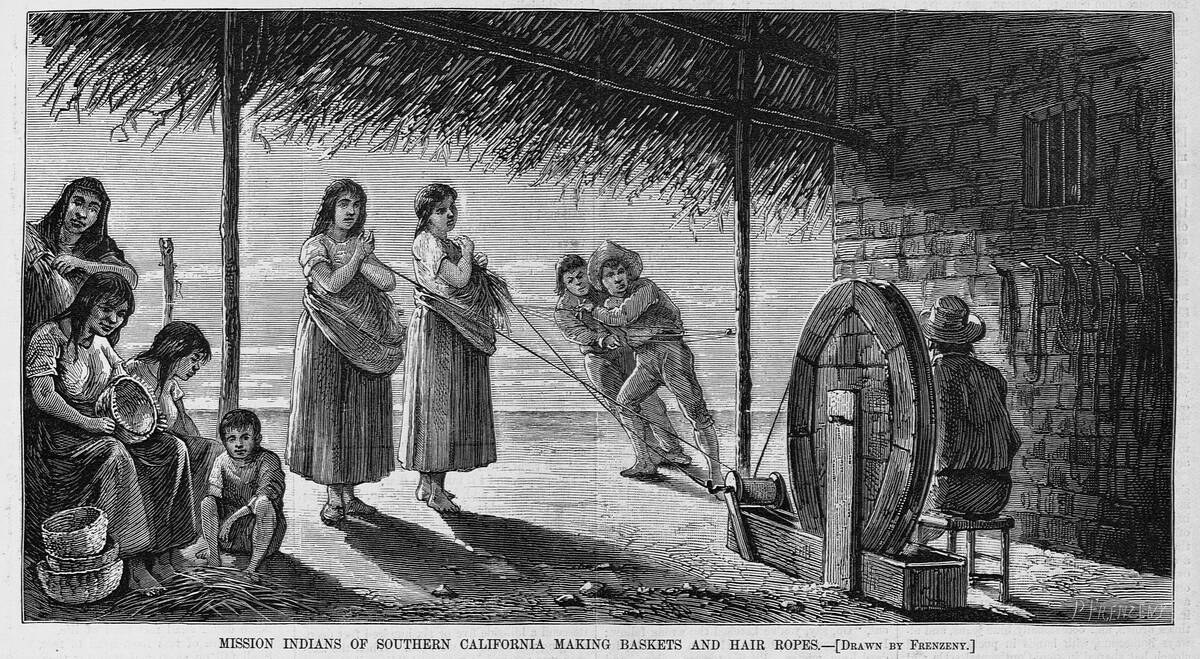
According to the Smithsonian’s National Museum of the American Indian, Spanish missionaries in the mid-to-late 18th Century spread a network of 21 missions throughout California as a means to convert local Native Americans to Catholicism.
However, their intentions didn’t end there, as baptized Native Americans were also enslaved to build many of these missions and keep them running. Worse yet, the disease, starvation, and mistreatment that occurred during this period reduced the local Native American population from at least 300,000 (potentially up to a million) to 150,000 people.
Suspension Bridges Were An Incan Invention
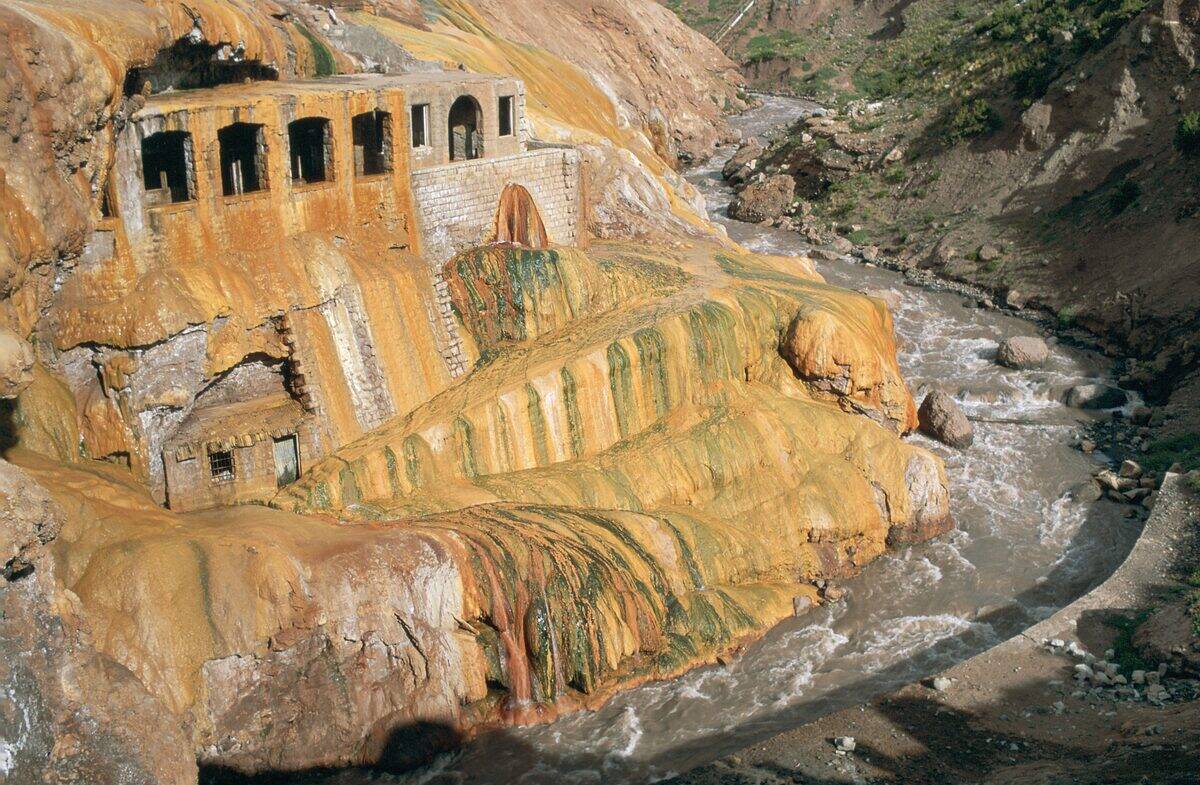
While the terrain of much of North America — at least compared to mountainous Peru — was even enough that suspension bridges weren’t such a necessity, the Incans amassed a dizzying network of suspension bridges linking their empire together between the 15th Century and the 17th Century.
These bridges consisted of wood and ropes made from plant fibers and numbered over 200 by the time the Incan empire fell. While they were dangerous during high winds, they weren’t as rickety as they may sound, as they were strong enough to support livestock.
